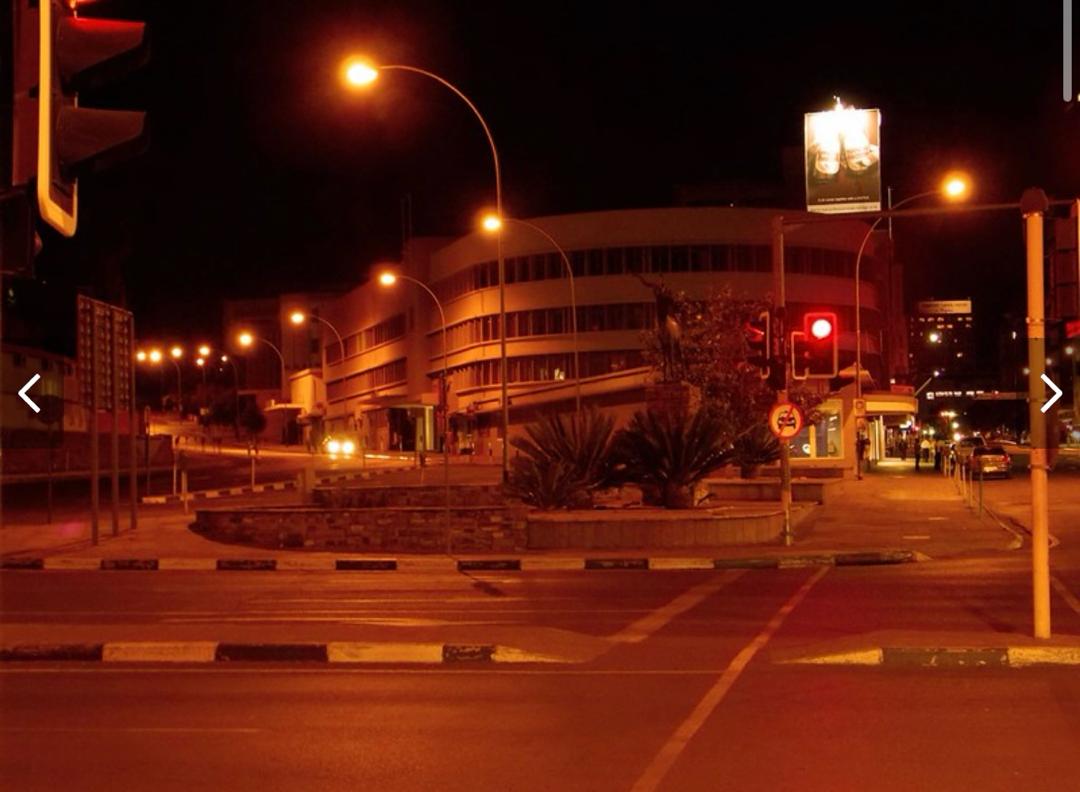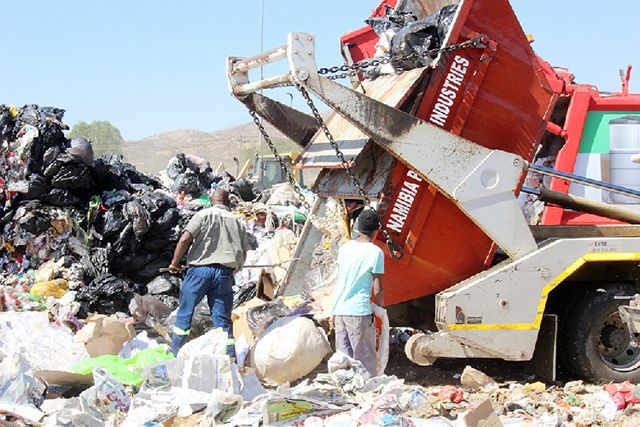THE management of the Ohorongo Cement Factory between Otavi and Tsumeb is looking at alternative fuels to power the production of cement.
During a visit to the factory, managers from Ohorongo’s mother company – the Germany-based Schwenk Zement KG of the Schwenk Family of Companies – unveiled a new company called Energy for Future, which is exploring the use of wood chips for fuel at the factory.The model for the cement factory was originally based on the use of coal, but Ohorongo Board member Klaus Bauer of Schwenk Zement KG said the use of wood chips from de-bushing campaigns was also possible. He said at Schwenk’s cement factories in Germany shredded plastic, used wood chips, meat and bone meal and used tyres had been used as alternative fuel sources.Bauer said although there was still some way to go before making a business decision in this regard, an environmental impact assessment had been carried out to assess the potential impact of the project.’We will have a contractual relationship with each of the farmers, which takes into consideration the environment,’ Bauer stated, adding that farmers in the area were very positive about the project when consulted last week. On the technical side, he said issues such as the machinery needed for de-bushing were also being finalised to determine the commercial feasibility of the project. The factory, which plans to produce 700 000 tons of cement per year, would make use of 80 000 tons of wood chips per year, representing 80 per cent of the factory’s fuel needs. One hectare of bush-encroached land can produce about 20 to 30 tons of wood chips.Ohorongo Chairman and Schwenk Zement KG CEO Gerhard Hirth said a business decision in this regard would be made by the end of this year or beginning of next year.Meanwhile, the construction of the N$2,5 billion factory, which is being carried out by German company Polysius with the help of two subcontractors from Shanghai, is well off the ground, following the groundbreaking ceremony in January this year.The pre-heater, which will be 109 metres tall upon completion, is almost halfway there and the cement silos, which will stand 75 metres tall, are already 45m high. The plant is scheduled for completion by early 2011.Up to N$400 million is going towards Namibian companies contracted for auxiliary work, including roads, power supply, de-bushing and the building and running of a staff canteen. Speaking during the site visit on Wednesday, Lands and Resettlement Minister Alpheus !Naruseb, who says he ‘got involved in the process in a facilitating role when there was a lull in acquiring land for the project’, expressed his pleasure with the form the factory was taking.Neither the Ohorongo management nor the Tjivikua family – from whom a section of farmland was bought for the factory – would state how the land problem was finally dealt with, or how much was paid for the section of the Tjivikua farm. Ohorongo MD Hans Schutte simply said that ‘the most important message is that the land issue is resolved’.!Naruseb emphasised the importance of the job opportunities the factory would create, saying ‘eventually, all parties involved realised that an investment of this magnitude couldn’t go to waste’.Schutte said the factory would create 300 permanent jobs, but up to 2 500 indirect jobs could be created as a result of services outsourced by the factory.- nangula@namibian.com.na
Stay informed with The Namibian – your source for credible journalism. Get in-depth reporting and opinions for
only N$85 a month. Invest in journalism, invest in democracy –
Subscribe Now!










